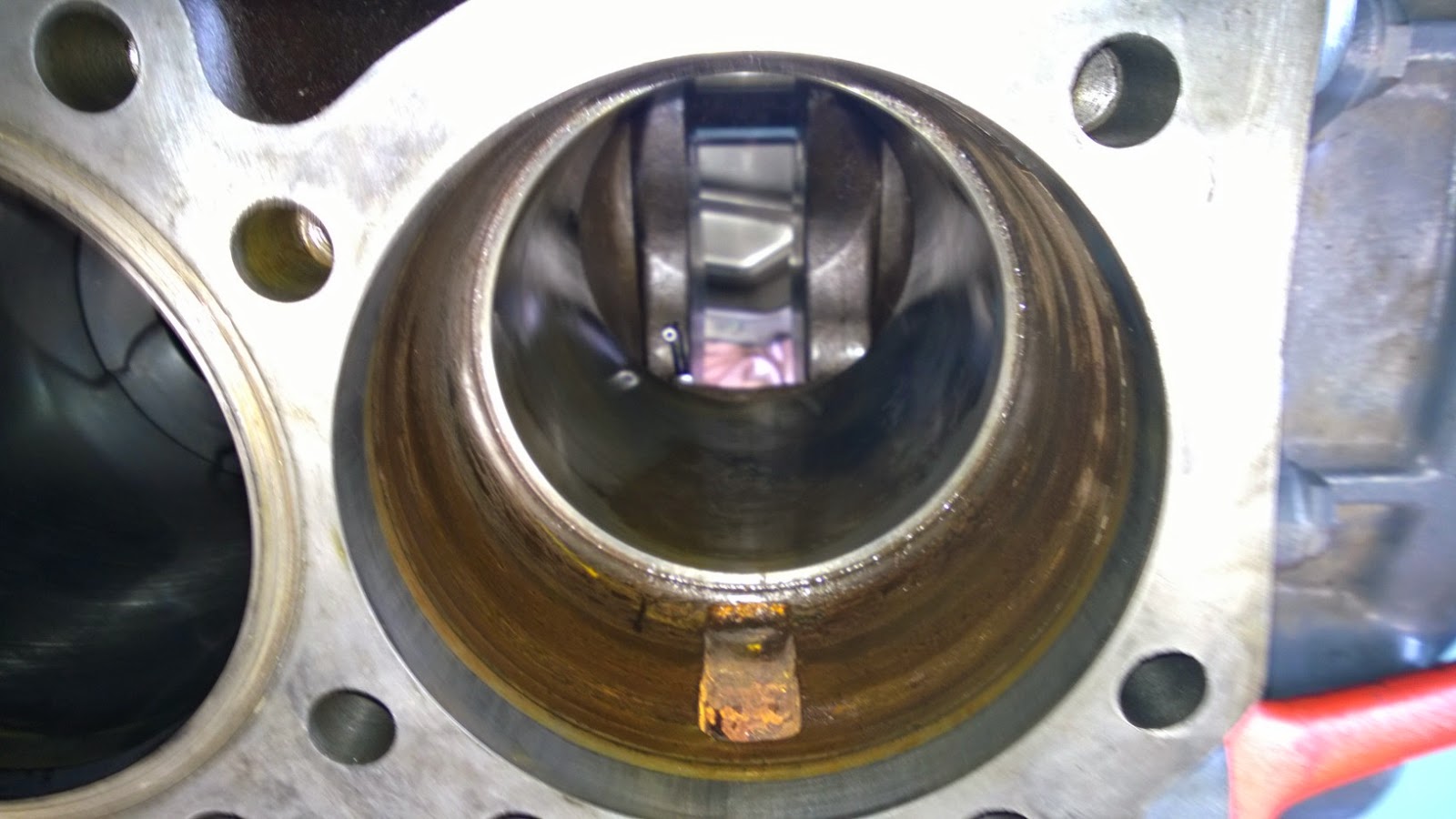11)
Charge air cooler outlet
22)
(IMT) Intake manifold temperature sensor
33)
LP Boost/LP Temp sensor
44)
(MAF) Mass airflow sensor
55)
Humidity Sensor/Air inlet Temperature Sensor
(AIT)
66)
(O2S) Oxygen Sensor
77)
(EGRT) Exhaust Gas Recirculation Temperature
Sensor
88)
(IMP) Intake Manifold Pressure Sensor
s
1
11) Injector (6 of them)
22) Fuel Rail
33) Fuel Rail Pressure Limiting Valve
44) Fuel Return from Cylinder Head
55) Engine Fuel Return Connection (to chassis filter)
66) Fuel Supply to DSI unit
77) Fuel Return Line
88) Fuel Filter Assembly
99) Drain Screw
110) Fuel Delivery Pressure Sensor
111) Fuel Primer Pump Assembly
112) LP Fuel Pump
113) HP Fuel Pump
114) (FRP) Fuel Rail Pressure Sensor
115) ?
 |
| Cold Start Assist System |
e1) (CSFI) Cold Start Fuel Igniter
22) (CSFS) Cold Start Fuel Solenoid valve
33) (CSR) Cold Start Relay














.bmp)
+Diagnostic+Manual+MaxxForce+11+and+13+IH+EGES470.bmp)




